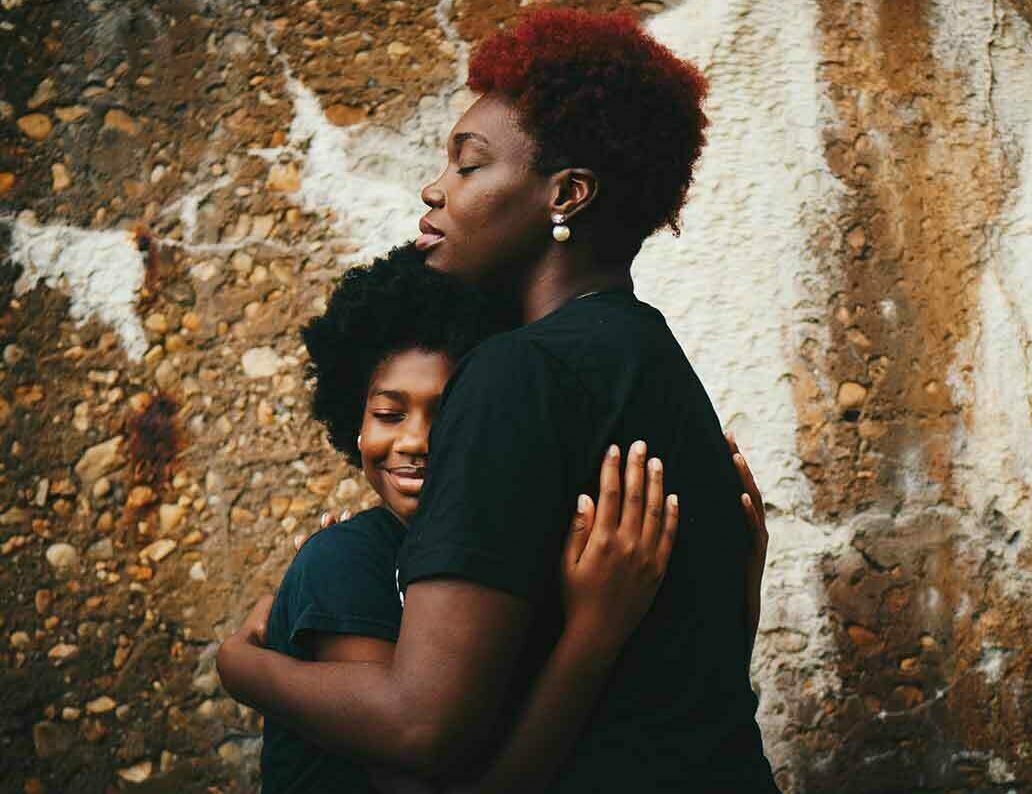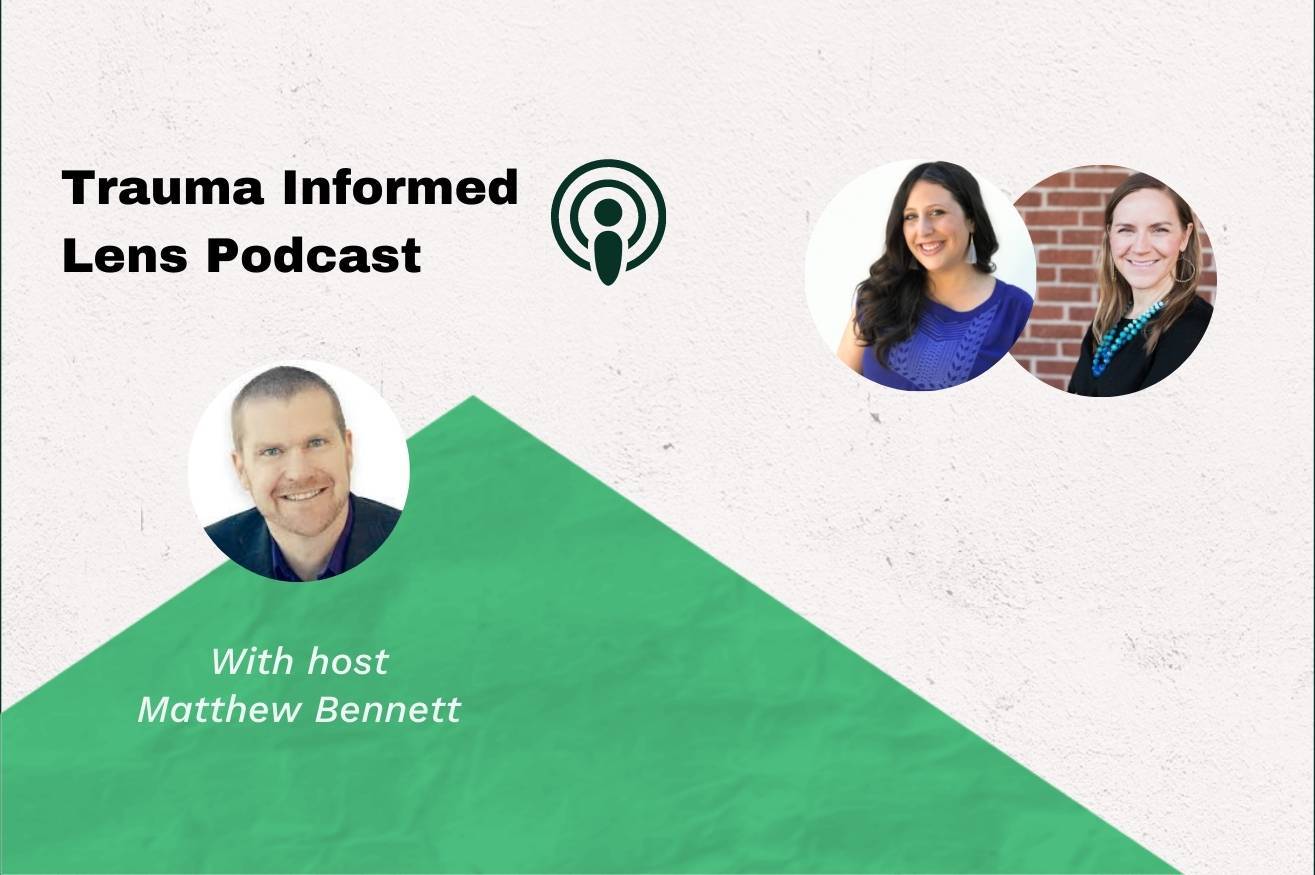How to Shift School Leadership Style from Control to Collaboration
Welcome to Part 1 of the Think Safe series where you'll hear from Derek Espadas, seasoned educator and FuelEd trainer. In this series, Derek will lead school leaders through the process of developing a relationship-driven leadership style.

When I was in business school, I remember Professor Oliver Shilke’s statement on the first day of class, “Everything you need to know about management can be summed up in 30 seconds. Don’t be a jerk and make money. The rest is just details.” Professor Shilke’s statement resonated with me. It is clearly simple, but actually not that easy to achieve—at least for me.
Ultimately, what I learned from business school came in handy in my transition to a career in education. I learned that solid leadership is not about making sure Form 8642 is filled out in triplicate. It is about forming relationships to create a sense of trust. Trust creates a space for safe exploration and satisfaction. When we feel safe, a sense of camaraderie and a desire to do what is best for everyone naturally develops. Isn’t this the spirit we hope to nurture in our students?
Of course, educators not only want to provide this kind of leadership to students, but they also need to receive this kind of leadership in order to thrive and grow. In my first teaching position, I experienced a culture that lacked safe and trusting leadership-to-teacher relationships. I received very little guidance and had to learn by watching my colleagues and by often asking students, “where do I go now?” I noticed that teachers were constantly told that they were the cause of students’ struggles. Ideas for improvement were met with resistance and filed away in the wastebasket. Teachers were constantly on edge as they were reminded how grateful they should be to have a job. The harmful message that I received as a newly-minted educator: a sense of security and well-being is for students, not for teachers and staff.
Today, as a more seasoned educator and leader, I am passionate about putting relationships at the center of school cultures. As a result of this commitment, I ask myself early and often : What do I need to do as a leader to create a safe space for educators— so that they can feel safe in their environment and be a direct model of relational safety for students?
I learned that solid leadership is not about making sure Form 8642 is filled out in triplicate. It is about forming relationships to create a sense of trust.
Derek Espadas
Replacing Control with Collaboration
Over my Think Safe series, we’ll dig deeper into how to use relationships to promote a safe school climate. First, we’ll explore how you can nurture connection instead of control in your school climate:
Two things I have yet to hear explained in a positive light— micromanaging and silos. Micromanagement creates an environment with too much control and too little autonomy and trust, while silos are often a symptom of “hiding” from this control or feeling you must “go it alone” since you don’t trust that supportive leaders will collaborate without controlling. For example, in several schools where I have worked, we had minute-by-minute schedules. You read that right. Minute. By. Minute. Under this system, I was once reprimanded by a principal for using 15 minutes of paperwork time to help a student. My student observed this interaction and responded with the truth-telling that children often so readily offer, “Why won’t you let me learn?” I suppose I had a similar question for my leader: “Why won’t you let me teach?”
This is an extreme example of control trumping cooperation—but here’s the thing—this kind of school climate is unfortunately all too common, and many educators are desperate for more collaboration. In fact, in our survey of teachers we found that the leading concern educators had was a lack of cooperation. Over-control and lack of cooperation are the quickest ways to build unhealthy independence in a school culture. As a result of a controlling school climate, many educators feel like they should have all the answers and be ready to trudge through their days on their own. There’s a paradox here—educators who feel micro-managed often also feel lonely. Healthy schools normalize and celebrate the fact that we humans are wired for community, and that collaboration is so often the wellspring of innovation, professional growth, and joy in the classroom. So how exactly do you begin (or continue) making this shift toward building community on campus?
Three Strategies for Becoming a Safe School Leader
Here are three simple ways to start shifting your leadership style from control to collaboration:
- Sit together. As a FuelEd trainer, I’ve often noticed how teachers and administrators sit separately during training. This is natural, but I think everyone misses out on shared vulnerability and relationship-building when the “line” between admin and teachers/staff is too rigid. Take an audit of your relationships at school, and use the following questions to reflect on how you can, within the boundaries of professionalism, take a more relational approach to combat the “us vs. them” mentality that so easily develops in schools. Ask yourself: When was the last time I sat with a group of teachers and just listened? Where do I sit when I’m in PD, meetings, or other gatherings? If I surveyed my teachers about my availability to support them, what feedback would I receive? How can I be more intentional about authentic relationship-building? Starting with reflection will help you to sort through your growth areas so you can begin to replace areas of over-control with collaborative relationships.
- Get to know your triggers. The desire to control is often rooted in fear, and fear is often rooted in the past. Our bodies learn early on to tag frightening experiences so that we can avoid repeating history. The problem with this is that our bodies tag experiences in a pretty generalized way (our fear systems are relatively primitive!). So, for example, if you experienced a chaotic parent figure who made you feel “out of control,” early on, your body may “recognize” this experience in the future around a teacher who keeps a messier classroom or has a more laid-back temperament. This teacher might get under your skin, creating a need for more control over this teacher’s behavior (enter minute-by-minute schedules!). Think of it this way: if a snake bites you, in the future your body might be startled every time you step on a garden hose, just in case it’s a snake again! The body is designed to protect us at all costs, even if this means running away from a few garden hoses. However, when you do the work of reflection and discussion with others to identify the types of behaviors that get under your skin or rile you up, you can begin to identify patterns that may push you toward becoming more controlling. Once you recognize your triggers, it becomes easier to disarm your triggers and be more present to the whole selves of the teachers you are supporting.
- Learn the skills of empathic listening. In FuelEd professional development programs, leaders often self-identify as fixers. Many leaders tell us they have a natural tendency to jump in, get things done, and help solve problems. Despite good intentions, this problem solver mentality can unintentionally communicate mistrust to teachers and staff, who are usually perfectly capable of solving their own problems creatively. Most often what teachers want is for someone to simply listen to them. Here is where empathic listening comes in. When leaders begin with empathic listening over immediate problem-solving, educators often feel heard and begin to naturally solve their own problems. There’s a double benefit when this occurs: 1. Leaders feel less responsible for “putting out fires” all day and 2. Educators, who are usually closest to the problem in the first place, feel empowered to practice effective emotional regulation and problem-solving. This win-win scenario distributes power and control in a healthy way, which leads to more collaboration and less need for a controlling school climate.
Over time, stronger relationships usually translate to stronger collaboration and less need for micromanagement and control. The bottom line: reflective and relational leadership is powerful. Learn more about how you can grow as a leader through our powerful retreat-style training!
Stay tuned for Part 2 of the Think Safe series!
Let's help you grow as a leader!
SCHEDULE A CALL


